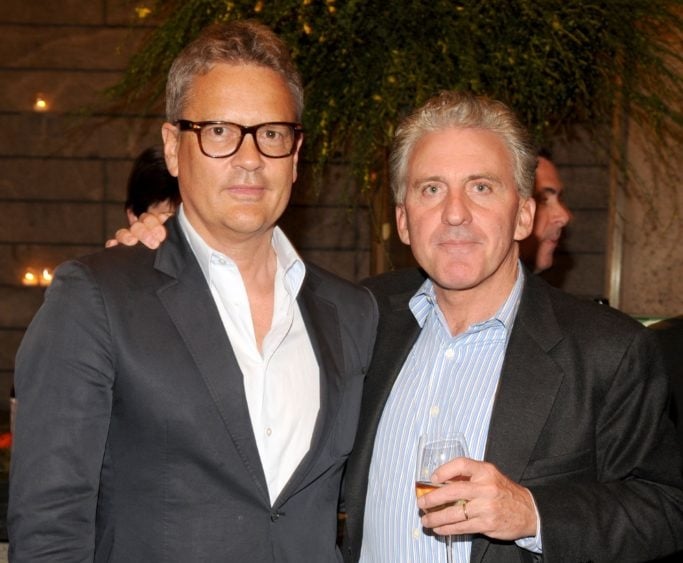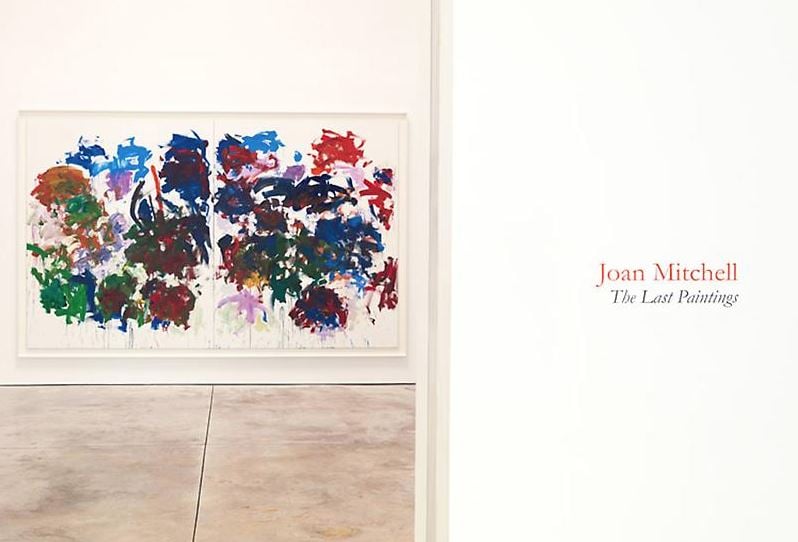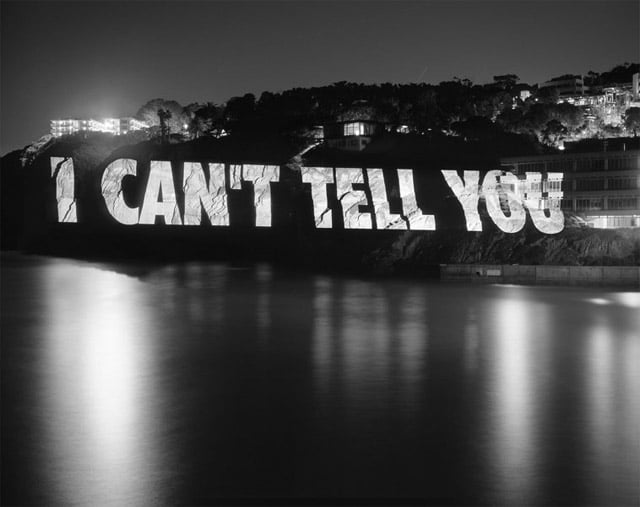Galleries
Cheim and Read, Storied New York Gallery, Will Close Its Chelsea Space After 21 Years and Transition to ‘Private Practice’
The gallery is one of the largest and most established to close or transition into private dealing in recent years.

The gallery is one of the largest and most established to close or transition into private dealing in recent years.

Eileen Kinsella

Cheim & Read, which represents artists including Jenny Holzer, Sean Scully, and Lynda Benglis, is closing its storied Chelsea space after 21 years. The gallery will relocate uptown and “transition to a private practice,” according to an email sent before the close of business today by founders John Cheim and Howard Read.
“We have been charting the next chapter in the gallery’s history and are now pleased to announce our plans,” the dealers wrote. The newly configured gallery will concentrate “on the secondary market, sculpture commissions, and special projects.” The gallery also plans to mount small-scale, focused installations in the new space and participate in select art fairs.
“We will continue to work with artists and estates that have been associated with the gallery throughout its history,” the founders added.
The gallery’s exhibition program will continue in Chelsea through the end of 2018. Its final exhibition in the neighborhood will be a show of works by Louise Bourgeois. A spokesperson for the gallery did not immediately respond to an inquiry about how the nature of its relationship to its artists will change once it closes its full-fledged exhibition space. The uptown venue will be spearheaded by the gallery’s director Maria Bueno.
The eponymous founders of Cheim & Read left their jobs at Robert Miller Gallery to strike out on their own in 1997, when they opened their own space in a dark garage on 23rd Street. They opened the gallery’s current spacious, industrial space in 2001.
Over the years, they mounted exhibitions of photographs by William Eggleston, dynamic abstract paintings by Louise Fishman, and light works by Jenny Holzer. They developed a reputation for supporting women artists who, particularly early on, were not always given the same level of attention by other galleries, and also for producing beautifully designed catalogues for their shows.

“Joan Mitchell: The Last Paintings” at Cheim & Read, November 3, 2011-January 4, 2012. Image: Cheim & Read.
The gallery—one of the largest and most established to close or transition into private dealing in recent years—had recently seen the departure of several high-profile artists from its stable. Painter Pat Steir left to work with Lévy Gorvy in 2016. Then, last month, news broke that the estate of Joan Mitchell, an artist with whom the gallery had worked for decades, would be represented by David Zwirner.
That last move prompted a broader conversation about the dominance of mega-galleries in the art market. In an interview with the New York Times, longtime Chelsea dealer Paula Cooper said: “I know Joan Mitchell would have been very unhappy about this…. Cheim & Read actually worked with the artist for so many years. And they’re going to get better scholarship from some gallery that’s going to look things up in a book? This art world has become so uncivilized.”

Jenny Holzer, I CAN’T TELL YOU (2013). Photo courtesy of Cheim & Read Gallery.
Cheim & Read’s penultimate exhibition in Chelsea, due to open on September 6, will be an exhibition of paintings by Mitchell from the 1950s and ’60s. The gallery will also publish Cheim & Read: 21 Years, a publication featuring milestone exhibitions from throughout its history. “We look forward to continuing the legacy of the gallery in its new form,” the founders wrote in an email.